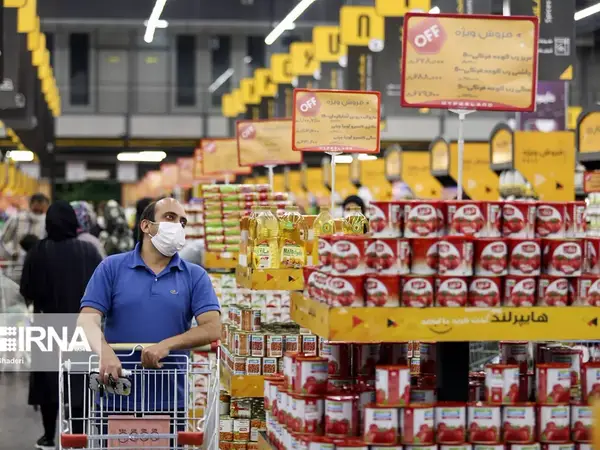Families in Iran are struggling as the country's minimum wage fails to meet the poverty line, according to a study by the Parliament Research Center.
The report, which analyzed poverty trends from March 2022 to March 2023, has underscored a disparity between the minimum wage and the poverty threshold in Iran's provinces.
Incomes in Tehran, Alborz and Qom are inadequate to cover living expenses for a family of three, the study said.
The study also focused on patterns concerning nutrition and economic stability across Iran.
It highlights that half of Iran’s population falls short of the recommended calorie intake of 2,100 calories, with a significant decrease observed across all income brackets, particularly among middle-income earners.
This decline is primarily attributed to escalating inflation rates, which have soared to nearly 50%, leading to increased food prices and housing expenses, exacerbating the difficulties faced by Iranians, reducing their purchasing power, and widening the gap.
As a result of these challenges, many households are confronted with decisions such as cutting back on food consumption and prioritizing spending on durable goods amid a gloomy economic outlook.
According to the report, the poverty threshold for a three-person household in Tehran from March 2023 to March 2024 sits at 153 million rials (approximately $240), whereas the national average stands at 82 million rials ($130).
Meanwhile, Jalal Mahmoudzadeh, a member of the parliament, stated Monday that "currently, many Iranian families have fallen below the poverty line," warning that "the middle class has almost disappeared."
He added that the number of families living below the poverty line has more than doubled compared to the past.
The phenomenon of the "working poor" – individuals employed yet living in poverty due to low wages – is particularly evident in Tehran, Alborz, and Qom. Even among those holding formal employment, escaping poverty remains elusive.

